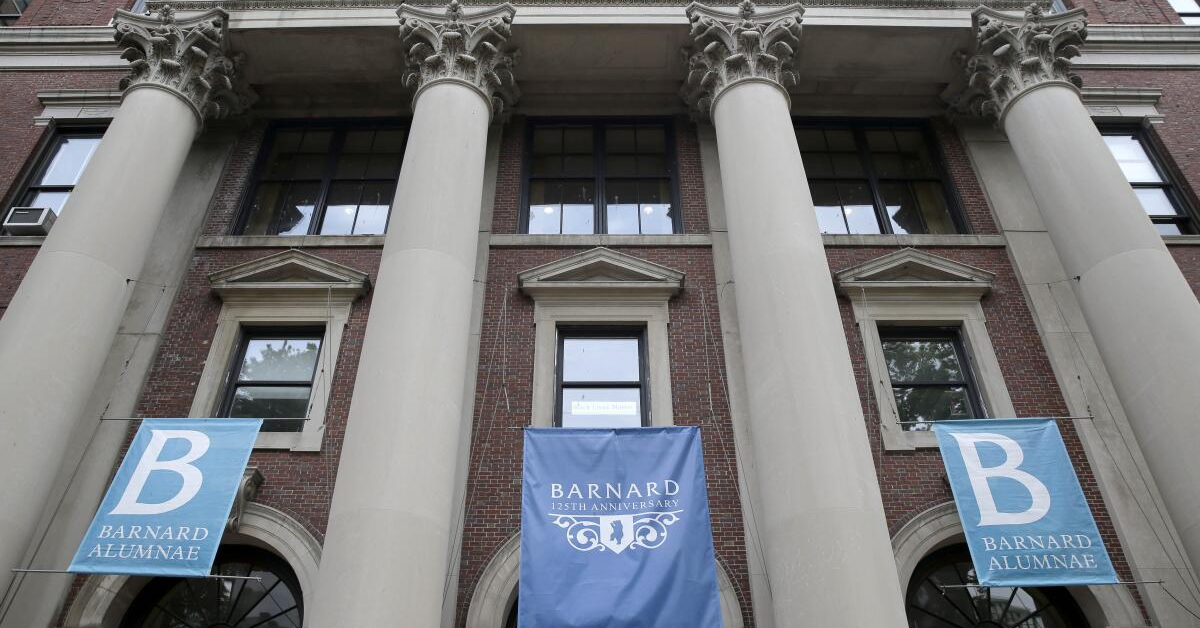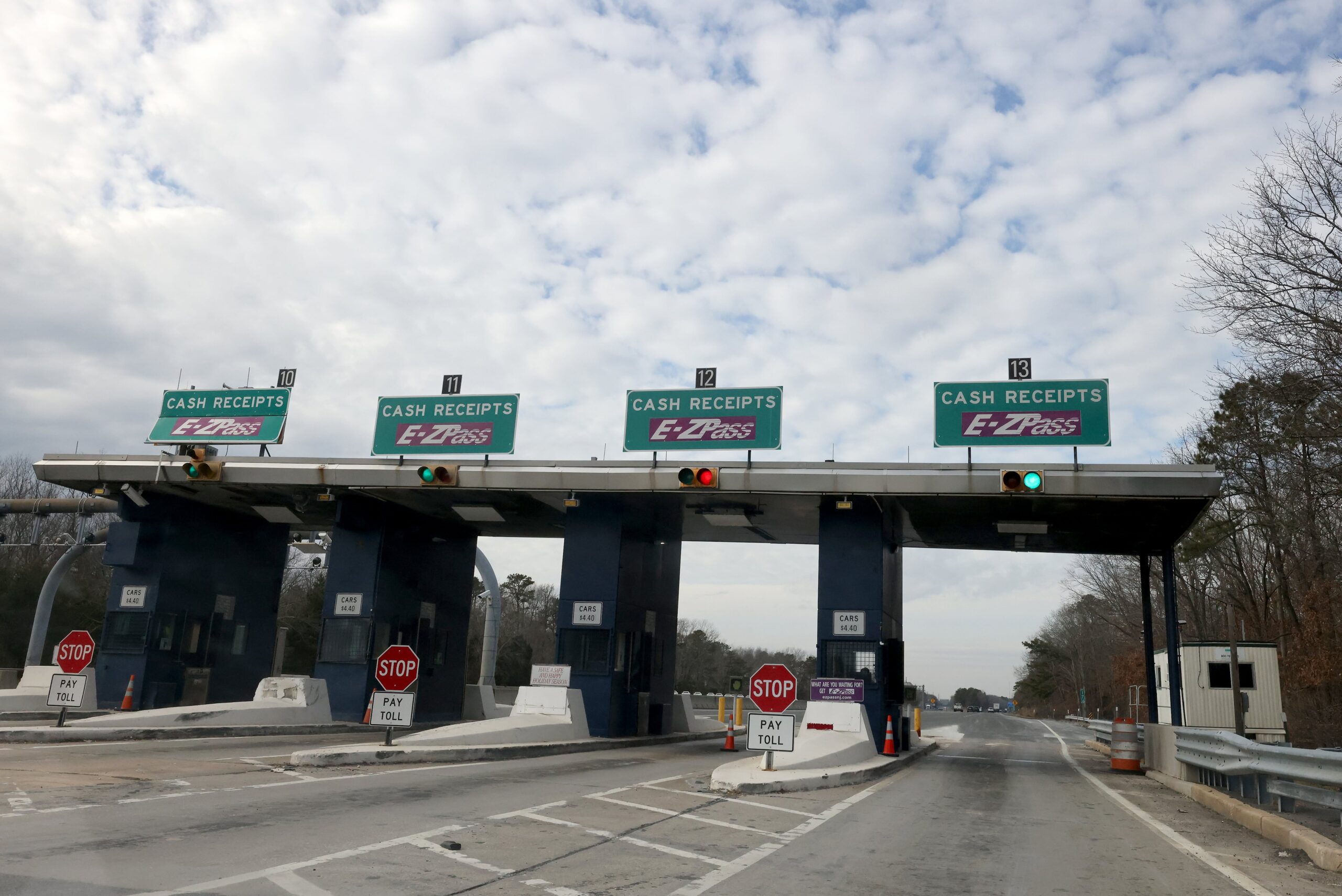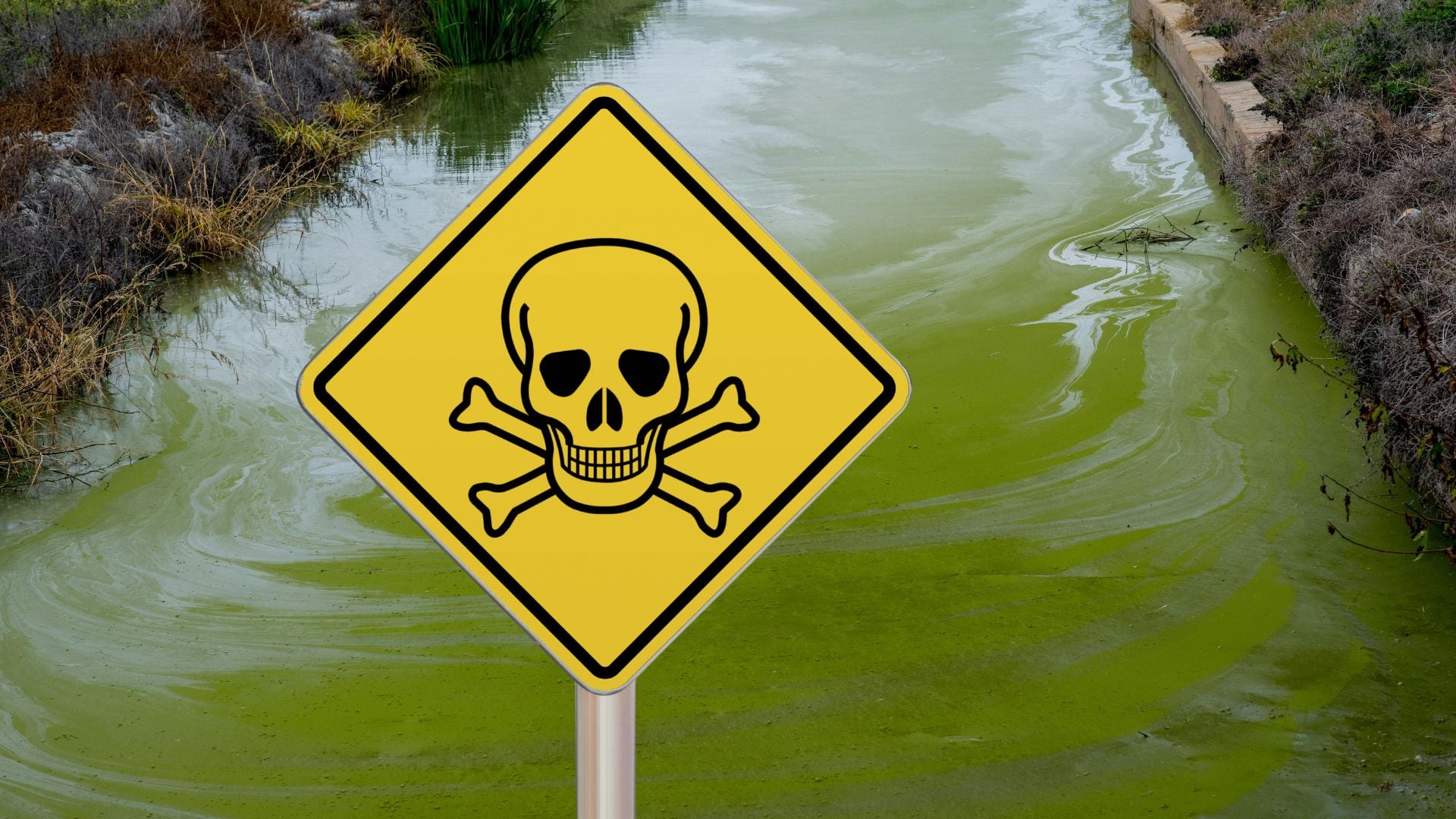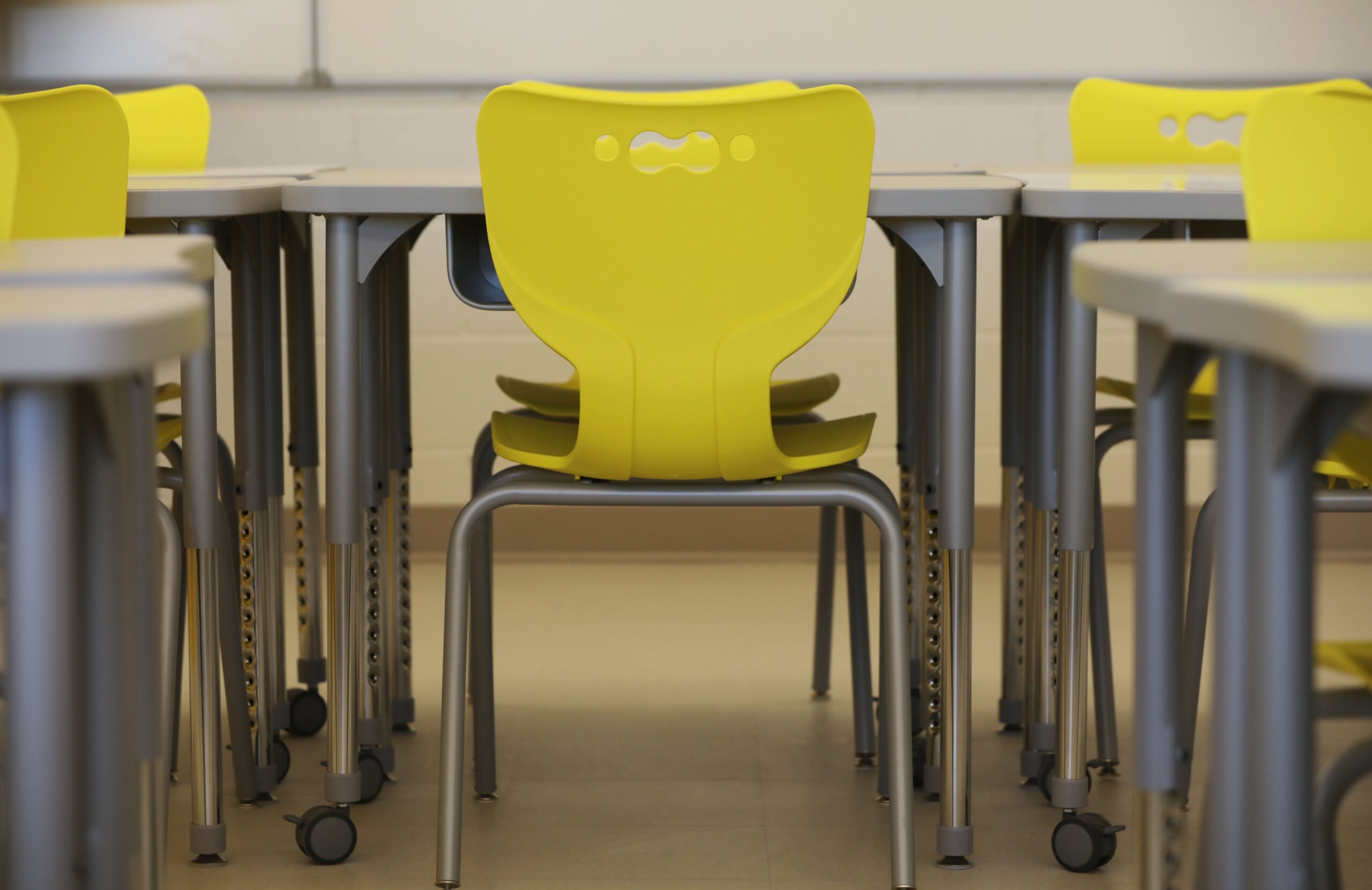On Wednesday, a group of pro-Palestinian protesters forcibly entered Milbank Hall at Barnard College, located in New York City. Milbank Hall houses the offices of the dean, making it a key administrative building for the college.
The protesters, who were seen wearing kaffiyeh scarves and masks, pushed past security and stormed into the building, demanding to be heard. Their actions escalated quickly, and in the midst of the confrontation, a school employee was injured.
According to Barnard College officials, the protesters had initially gathered outside the building before making their way inside. As tensions rose, they engaged in physical altercations with security and staff, resulting in the injury of one college employee.
The nature of the injury was not immediately disclosed, but the school confirmed that the individual was receiving medical attention. The college expressed concern for the employee’s well-being and stated that they were taking the situation seriously.
In the aftermath of the incident, Barnard College issued a statement confirming the protest and the assault on a staff member. The college emphasized that the safety and security of its students, staff, and faculty were paramount and that they were actively reviewing their security protocols to prevent such incidents in the future.
While the college did not immediately release details regarding the protesters’ identities or how they managed to bypass security measures, the incident has raised questions about campus security and how to ensure that such protests do not turn violent.
Law enforcement responded swiftly to the scene. The New York Police Department (NYPD) was called in to assist with managing the protest and ensuring the safety of all individuals involved. At the time of the incident, the protesters had already disrupted Milbank Hall, and the NYPD was tasked with restoring order. The situation was eventually de-escalated, but it was clear that the protesters were highly determined in making their voices heard, even at the cost of resorting to physical confrontation.
The pro-Palestinian protest was part of a broader movement that has been gaining momentum across college campuses in the United States and around the world. The Israel-Palestine conflict has been a source of intense debate, with activists and student groups taking strong positions on either side of the issue. Protests and demonstrations have been a common way for students to voice their opinions, but this incident underscores how tensions related to the conflict can quickly spiral into violence.
This event at Barnard College is not an isolated one. College campuses across the country have witnessed an increase in protests over the past several months, particularly following significant events related to the Israel-Palestine conflict.
Many students and faculty members have expressed solidarity with Palestinian causes, leading to large-scale demonstrations. While most of these protests have been peaceful, this incident highlights how emotions surrounding the issue can lead to violent clashes.
The protesters’ actions have sparked debate about the limits of free speech on college campuses. On the one hand, protesters argue that they are simply exercising their right to free speech and assembly by voicing their support for the Palestinian cause.
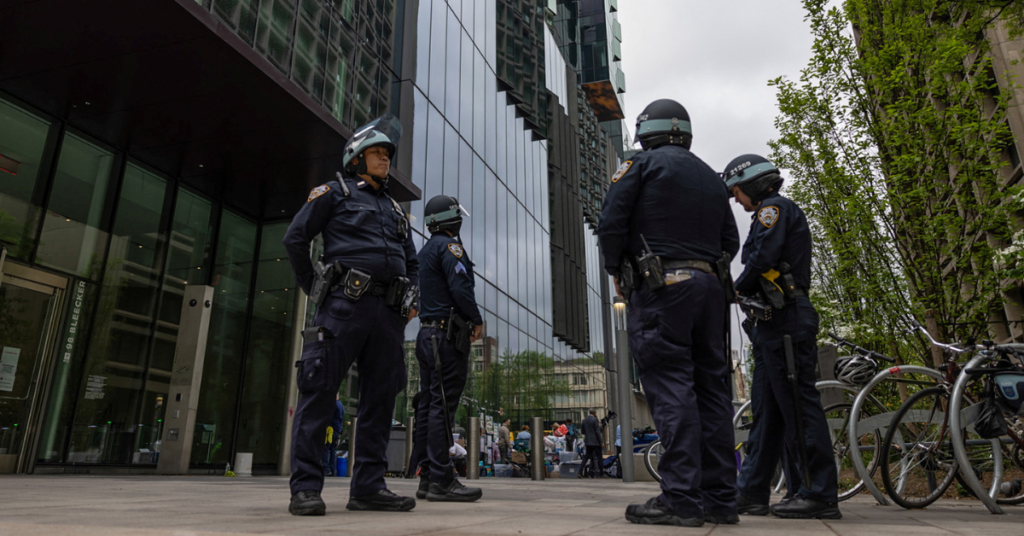
On the other hand, some concerns that allowing such protests to escalate into violence undermines the very principles of free speech that universities are meant to uphold. It raises the question of where the line should be drawn between the right to protest and the responsibility to ensure a safe environment for all members of the academic community.
In the wake of the incident, Barnard College has pledged to review its security measures. The college has stated that it will be working closely with law enforcement to identify the protesters involved and ensure that the situation is handled appropriately. While the identities of the protesters have not been confirmed, it is clear that they had a clear agenda and were willing to take drastic measures to make their point.
Authorities have also launched an investigation into the assault on the staff member. Although no arrests have been made yet, law enforcement is looking into the circumstances surrounding the incident. The college has assured the public that they are cooperating fully with authorities and that they will take all necessary steps to hold those responsible accountable.
The college has also expressed concern for the safety of all individuals involved in the incident and pledged to do everything it can to prevent such situations from occurring again.
For many students, the events at Barnard College serve as a reminder of the growing polarization on college campuses regarding political and social issues. As protests continue to be a regular feature of campus life, universities must strike a balance between allowing students to express their views and ensuring that such expressions do not harm others.
This will likely be a central topic of discussion in the coming weeks as Barnard College and other institutions reassess how to handle protests and safeguard their communities.
While some students support the protesters’ actions, others are concerned about the negative impact that such violent protests could have on their institutions’ reputations. The incident has sparked a broader conversation about how universities should handle political demonstrations, especially when they result in physical harm or property damage.
Many are calling for better conflict resolution mechanisms and clearer guidelines on how protests should be conducted without compromising the safety of individuals on campus.
The Barnard College incident is a stark reminder that protests, while an important form of expression, must be conducted in a manner that respects the rights and safety of others. As the investigation continues, it remains to be seen what actions the college will take to ensure that this type of violence does not happen again.
In the meantime, Barnard College and other universities will likely continue to grapple with the challenge of balancing free expression with campus safety, as protests on campus become an increasingly common way for students to engage with social and political issues.
Disclaimer: This article has been meticulously fact-checked by our team to ensure accuracy and uphold transparency. We strive to deliver trustworthy and dependable content to our readers.

